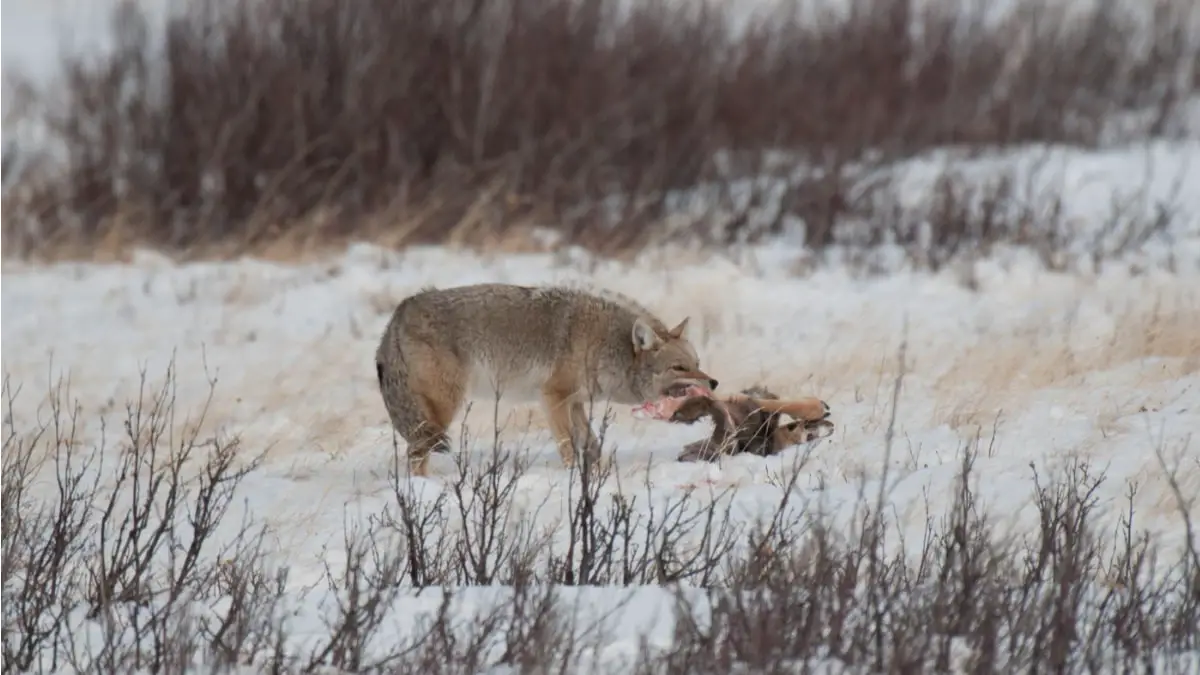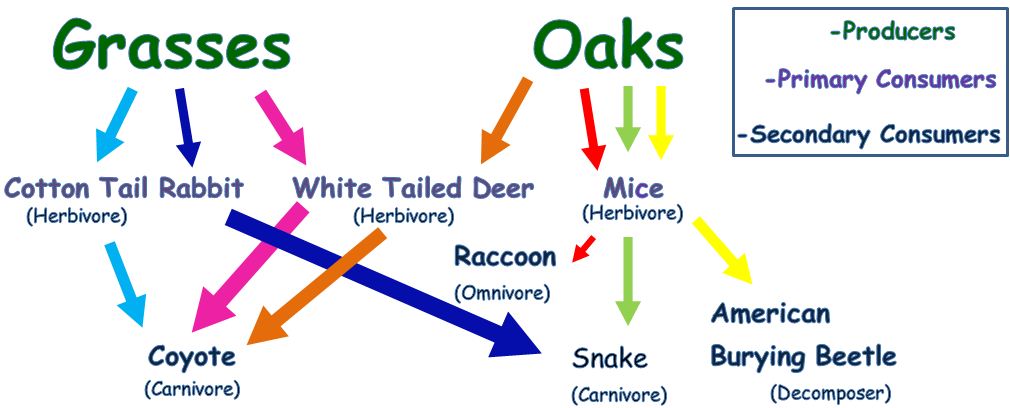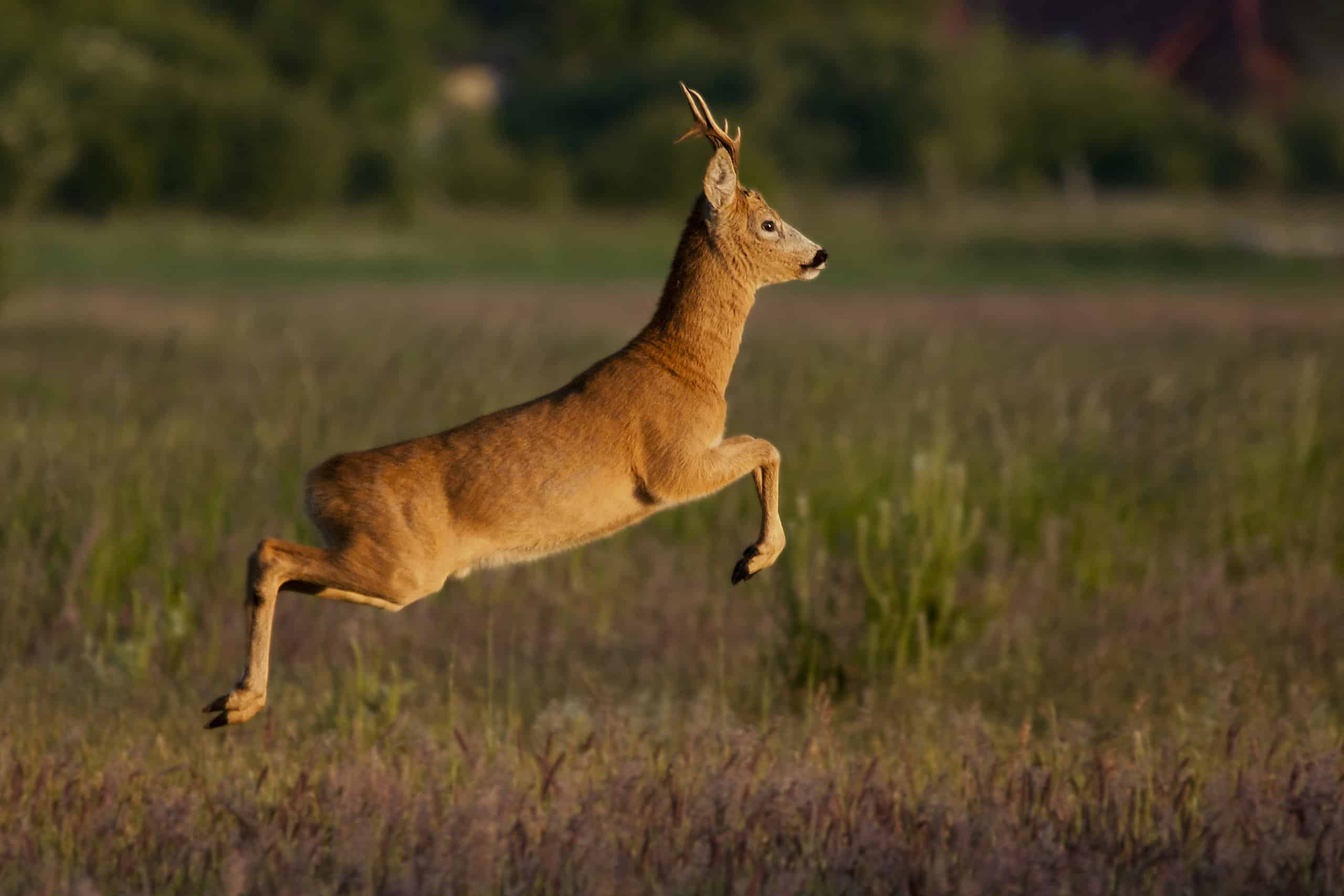Unveiling Nature’s Predators: Exploring the Fascinating World of Deer Predators
Table of Contents
- 1 Predators of the White-Tailed Deer: Who Preys on These Majestic Animals?
- 2 The Natural Predators of Deer: A Look into the Animal Kingdom’s Hunters
- 3 Understanding the Food Chain: What Animals Feast on White-Tailed Deer?
- 4 In the Wild, Who Hunts and Eats White-Tailed Deer?
- 5 Exploring the Predator-Prey Relationship: Which Animals Target Deer for Food?
- 6 Nature’s Carnivores: Discovering the Predators that Feed on White-Tailed Deer
Predators of the White-Tailed Deer: Who Preys on These Majestic Animals?
White-tailed deer, despite their large size, are not without predators in their natural habitat. While humans are considered the primary predator of white-tailed deer, there are several other animals that also prey on these majestic creatures.

1. Coyotes: Coyotes are one of the most common predators of white-tailed deer. They are highly adaptable and can be found in various habitats across North America. Coyotes often hunt in packs and have been known to take down adult deer, especially when they are weakened or vulnerable.
2. Wolves: Although less common than coyotes, wolves are also known to prey on white-tailed deer. However, due to the decline in wolf populations and their limited range, they pose a lesser threat compared to other predators.
3. Mountain Lions: In areas where mountain lions (also known as cougars or pumas) exist, they can be a significant predator of white-tailed deer. These solitary hunters rely on stealth and ambush tactics to capture their prey, including adult deer.
4. Black Bears: While black bears primarily feed on vegetation and insects, they have been known to opportunistically prey on fawns or injured adult white-tailed deer.
5. Bobcats: Bobcats are skilled hunters and can occasionally take down smaller-sized white-tailed deer or fawns.
6. Alligators: In some regions where white-tailed deer share their habitat with alligators, these reptiles may pose a threat to young fawns that venture too close to water bodies.
It is important to note that predation rates vary depending on factors such as location, habitat conditions, and the abundance of alternative prey species. Additionally, human activities such as hunting can also impact predator-prey dynamics for white-tailed deer populations.
Overall, while humans remain the main predator of white-tailed deer, these animals still face predation pressure from a variety of carnivores in their natural environment.
The Natural Predators of Deer: A Look into the Animal Kingdom’s Hunters

Deer, particularly white-tailed deer, have a limited number of natural predators in their ecosystem. Over time, the decline in predator populations has contributed to the overabundance of deer in certain areas. However, there are still some animals that prey on deer and help maintain a balance in their population.
1. Coyotes: Coyotes are one of the main predators of deer. They are highly adaptable and can be found in various habitats across North America. Coyotes often hunt alone or in small packs, using their keen senses to track and ambush deer. They are known for their speed and agility, which allows them to chase down their prey.
2. Wolves: Although not as common as coyotes, wolves also prey on deer. In areas where wolf populations exist, they play a significant role in controlling deer numbers. Wolves typically hunt in packs and use cooperative strategies to bring down larger prey like adult deer.
3. Mountain Lions: Also known as cougars or pumas, mountain lions are powerful predators that can take down large prey such as deer. These solitary hunters rely on stealth and surprise to catch their prey. Mountain lions are capable of jumping long distances and possess incredible strength to overpower their victims.
4. Bears: Both black bears and grizzly bears have been known to prey on young deer or fawns. Bears primarily feed on vegetation but will opportunistically hunt small mammals including deer when given the chance.
5. Bobcats: While bobcats may not pose a significant threat to adult deer, they can target fawns or weakened individuals. Bobcats are skilled climbers and stalkers, using their sharp claws and stealthy approach to capture their prey.
6. Alligators: In regions where alligators inhabit wetlands or swamps, they can pose a threat to deer that venture near water sources. Alligators are ambush predators and can quickly seize deer that come too close to the water’s edge.
It is important to note that human activities, such as hunting and habitat destruction, have significantly reduced the populations of many natural predators of deer. As a result, deer populations have increased in some areas beyond what the ecosystem can sustain. Efforts to manage deer populations through controlled hunting have become necessary to prevent overgrazing and maintain ecological balance.
Understanding the Food Chain: What Animals Feast on White-Tailed Deer?

White-tailed deer, as one of the most common and abundant large mammals in North America, play a crucial role in the food chain. While they have few natural predators left due to human activities, there are still some animals that rely on them as a primary food source.
1. Wolves: Although wolf populations have declined significantly in many areas, they are known to prey on white-tailed deer when given the opportunity. Wolves are highly skilled hunters and can take down larger prey like deer to sustain themselves.
2. Coyotes: Coyotes are opportunistic predators and will readily feed on white-tailed deer if they come across a weakened or injured individual. They usually hunt smaller prey but can scavenge on deer carcasses as well.
3. Mountain Lions: In regions where mountain lions (also known as cougars or pumas) exist, they are one of the main predators of white-tailed deer. These large cats are stealthy hunters and rely on their strength and agility to bring down their prey.
4. Bears: Both black bears and grizzly bears have been observed hunting and feeding on white-tailed deer. Bears have powerful jaws and can easily tear through the flesh of a deer carcass to obtain valuable nutrients.
5. Bobcats: Although bobcats were once significant predators of white-tailed deer, their population has declined in many areas. However, they still occasionally prey on fawns or smaller individuals when the opportunity arises.
6. Humans: Unfortunately, humans remain one of the major predators of white-tailed deer. Hunting is a popular recreational activity, and many people rely on deer meat for sustenance during hunting seasons.
It is important to note that while these animals may feast on white-tailed deer, their impact is often regulated by factors such as habitat availability, population dynamics, and human intervention. The white-tailed deer’s ability to adapt and thrive in various environments has contributed to its overabundance in some areas, leading to increased interactions with humans and the need for population management strategies.
In the Wild, Who Hunts and Eats White-Tailed Deer?

White-tailed deer are preyed upon by a variety of predators in the wild. While humans are their only major predator, other carnivores also hunt and eat white-tailed deer. However, due to declining populations of these predators, the deer population has become overabundant in some areas.
1. Carnivores: Historically, bobcats, wolves, and coyotes were significant predators of white-tailed deer. These carnivores would hunt and prey on deer as part of their natural diet. However, the populations of these predators have significantly decreased over time, leading to an imbalance in the ecosystem.
2. Humans: Humans are the primary predator of white-tailed deer. Hunting is a popular activity among hunters who seek to harvest deer for meat or sport. Controlled hunting helps regulate the deer population and maintain a healthy balance within their habitat.
3. Other Predators: While not as common, other predators such as cougars (also known as mountain lions) and bears may occasionally prey on white-tailed deer if they are present in the area. These large predators have the strength and capability to take down a deer for food.
It is important to note that while white-tailed deer have natural predators, they have also adapted well to human settlements and agricultural areas where they can find ample food sources. Their flexible feeding habits and ability to adapt have contributed to their overabundance in certain regions.
In conclusion, white-tailed deer are hunted and eaten by a variety of predators in the wild. While humans are their primary predator, other carnivores such as bobcats, wolves, coyotes, cougars, and bears also prey on them. However, due to declining predator populations and their adaptability to human settlements, white-tailed deer have become overabundant in some areas.
Exploring the Predator-Prey Relationship: Which Animals Target Deer for Food?

Predators of White-Tailed Deer
White-tailed deer, despite being the largest prey species in their habitat, have a limited number of natural predators. Some of the main predators that target deer for food include:
1. Coyotes: Coyotes are opportunistic predators and are known to prey on white-tailed deer, especially fawns and weak or injured adults. They use their speed and agility to chase down their prey.
2. Wolves: Although wolf populations have significantly declined in many areas, they were historically one of the major predators of white-tailed deer. Wolves typically target larger prey but can also take down deer when available.
3. Mountain Lions: In regions where mountain lions are present, they are considered apex predators and occasionally hunt white-tailed deer as part of their diet.
4. Bears: Black bears have been observed preying on fawns and occasionally adult white-tailed deer when other food sources are scarce.
5. Humans: Humans are the primary predator of white-tailed deer due to hunting activities. Hunting seasons help regulate deer populations and manage their impact on ecosystems.
Other Threats to White-Tailed Deer
Apart from predation, white-tailed deer face other threats that can impact their survival:
1. Vehicle Collisions: Deer-vehicle collisions pose a significant threat to both the deer population and human safety. These accidents often occur during periods of increased movement, such as mating season or migration.
2. Disease: Several diseases can affect white-tailed deer populations, including chronic wasting disease (CWD), which is a transmissible neurological disease that leads to weight loss, behavioral changes, and ultimately death.
3. Habitat Loss: As human development expands into natural habitats, it leads to habitat fragmentation and loss for wildlife, including white-tailed deer. Loss of suitable habitat can limit their food sources and increase competition.
4. Overabundance: In some areas, the lack of natural predators and abundant food resources have caused white-tailed deer populations to become overabundant. This can result in negative impacts on ecosystems, such as overgrazing and damage to vegetation.
5. Climate Change: Changing climate patterns can affect the availability of food and water sources for white-tailed deer. Extreme weather events, such as droughts or severe winters, can impact their survival and reproductive success.
It is important to understand the predator-prey relationship and the various threats that white-tailed deer face in order to implement effective conservation strategies and maintain healthy populations.
Nature’s Carnivores: Discovering the Predators that Feed on White-Tailed Deer

White-tailed deer, despite their overabundance in some areas, still have a few predators that play an important role in controlling their population. Here are some of the main carnivores that feed on white-tailed deer:
1. Humans: Humans are the primary predator of white-tailed deer. Hunting is a popular activity in many regions and helps regulate deer populations.
2. Bobcats: Although their population has declined significantly, bobcats are known to prey on white-tailed deer. These elusive felines are skilled hunters and can take down adult deer if given the opportunity.
3. Wolves: While not as common in all areas, wolves used to be major predators of white-tailed deer. However, due to habitat loss and human intervention, wolf populations have decreased significantly.
4. Coyotes: Coyotes are opportunistic predators and will prey on white-tailed deer when given the chance. They are particularly adept at hunting fawns and weak or injured adult deer.
5. Mountain Lions: In some regions where mountain lions (also known as cougars or pumas) still exist, they can be a threat to white-tailed deer populations. These large cats are powerful hunters and can take down adult deer.
It is worth noting that predation alone may not be enough to control overpopulated deer populations in certain areas. The lack of natural predators has led to an increase in hunting as a population management strategy.
Impacts of Overpopulation
The overabundance of white-tailed deer can have negative impacts on ecosystems and human activities alike. Here are some consequences of an unchecked population:
1. Ecological Impact: Overgrazing by excessive numbers of white-tailed deer can lead to the depletion of vegetation, affecting forest regeneration and biodiversity. This can disrupt the balance of ecosystems and impact other wildlife species.
2. Crop Damage: White-tailed deer are known to cause significant damage to agricultural crops, including corn and soybeans. This can result in economic losses for farmers and affect food production.
3. Vehicle Collisions: As white-tailed deer populations expand into suburban areas, the risk of vehicle collisions increases. These collisions can be dangerous for both humans and deer.
4. Disease Transmission: Overcrowded deer populations can facilitate the spread of diseases such as chronic wasting disease (CWD) among individuals. This poses a threat not only to deer but also to other cervid species.
Efforts are being made to manage white-tailed deer populations through hunting regulations, habitat management, and public education about coexistence with these animals.
Sources:
– Chesapeake Bay Program: https://www.chesapeakebay.net/discover/field-guide/entry/white_tailed_deer
– National Wildlife Federation: https://www.nwf.org/Educational-Resources/Wildlife-Guide/Mammals/White-Tailed-Deer
In conclusion, several animals possess the capability to prey on deer. Natural predators such as wolves, bears, and cougars are known to actively hunt deer for sustenance. Additionally, large birds of prey like eagles and falcons may also target deer as a food source. These predator-prey relationships play a crucial role in maintaining the balance of ecosystems.














































![Air gun 101: The differences between .177 & .22 – Which jobs they do best ? [Infographic]](https://airgunmaniac.com/wp-content/uploads/2024/11/1773-150x150.jpeg)
